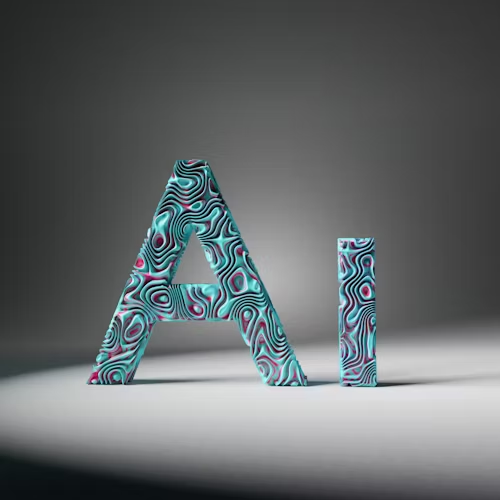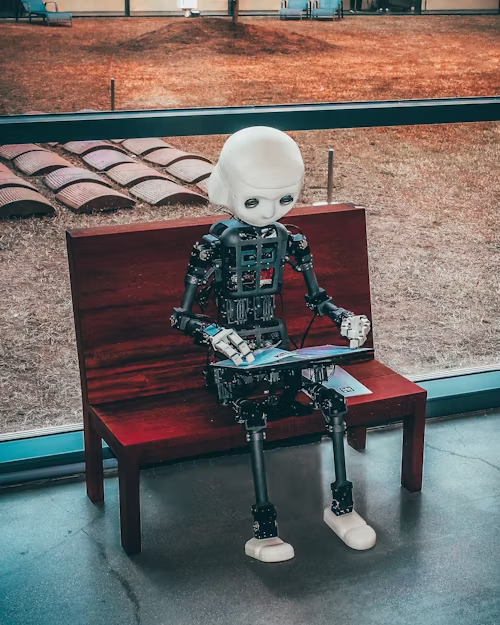
AI, or Artificial Intelligence, is a branch of computer science focused on creating systems or machines that can perform tasks typically requiring human intelligence. These tasks include:
Learning (e.g., identifying patterns or improving from experience)
Reasoning (e.g., solving problems or making decisions)
Understanding language (natural language processing)
Perception (e.g., recognizing images, sounds, or environments)
Interaction (e.g., chatting, using voice commands, or controlling robots)

Types of AI
Narrow AI: Also called Weak AI, this is designed for a specific task (e.g., voice assistants like Siri, or recommendation systems on Netflix).
General AI: Hypothetical AI that could perform any intellectual task a human can (we don’t have this yet).
Superintelligent AI: A future concept where AI surpasses human intelligence in all aspects (still theoretical).
Common AI Technologies
Machine Learning (ML): Teaching computers to learn from data.
Deep Learning: A type of ML that uses neural networks, especially effective in image and speech recognition.
Natural Language Processing (NLP): Enables machines to understand and generate human language (like this conversation).
Computer Vision: Allows machines to interpret visual information from the world.
Let me know if you’d like examples or want to dive deeper into any area!

Here are 4 key features of Artificial Intelligence (AI):
Learning from Data
AI systems can learn patterns and improve performance over time by analyzing data — this is the basis of machine learning.
Reasoning and Problem Solving
AI can simulate human decision-making by evaluating different options and choosing the best one based on logic or learned strategies.
Perception
AI can interpret sensory inputs such as images (via computer vision) or sounds (via speech recognition) to understand its environment.
Natural Language Processing (NLP)
AI can understand, interpret, and generate human language — enabling applications like chatbots, translators, and virtual assistants.
1. Voice Assistants (Natural Language Processing)
Examples: Siri (Apple), Alexa (Amazon), Google Assistant
Use: Understand and respond to voice commands — set reminders, play music, answer questions.
2. Recommendation Systems (Machine Learning)
Examples: Netflix, YouTube, Amazon
Use: Suggest movies, videos, or products based on your preferences and behavior.
3. Self-Driving Cars (Perception + Decision Making)
Examples: Tesla Autopilot, Waymo
Use: Use cameras, sensors, and AI algorithms to navigate roads, avoid obstacles, and make driving decisions.
4. Facial Recognition (Computer Vision)
Examples: iPhone Face ID, airport security systems
Use: Identify people based on facial features for security or personalization.
5. Chatbots and Customer Service
Examples: ChatGPT, online support bots on websites
Use: Provide automated responses, answer FAQs, or assist with customer service tasks.
How AI works?
🔍 1. Data Collection
AI systems begin by gathering data — like images, text, audio, or user behavior. The more high-quality data it has, the better it can learn.
- Example: To teach an AI to recognize cats, you give it thousands of cat photos.
🧠 2. Learning with Algorithms

AI uses algorithms (especially machine learning or deep learning algorithms) to find patterns in the data and learn from it.
- In machine learning, the AI might learn that cats often have pointy ears, whiskers, and a tail.
- In deep learning, neural networks mimic how the human brain works to recognize complex patterns.
🧪 3. Model Training
The AI is “trained” by giving it lots of examples (input and expected output) so it can improve accuracy.
- Example: Show the AI a photo of a cat and tell it, “This is a cat.”
- It adjusts its internal settings (called weights) to make better predictions next time.

✅ 4. Making Predictions or Decisions
Once trained, the AI can make decisions or predictions on new, unseen data.
- Example: You upload a new photo, and it tells you whether it has a cat or not.
🔁 5. Improving Over Time
AI systems can keep learning and adapting with new data (this is called continuous learning or retraining).
Bonus: Core Components That Make AI Work
- Data — the fuel of AI
- Algorithms — the logic/rules
- Models — trained AI systems
- Computing Power — strong hardware to process data







